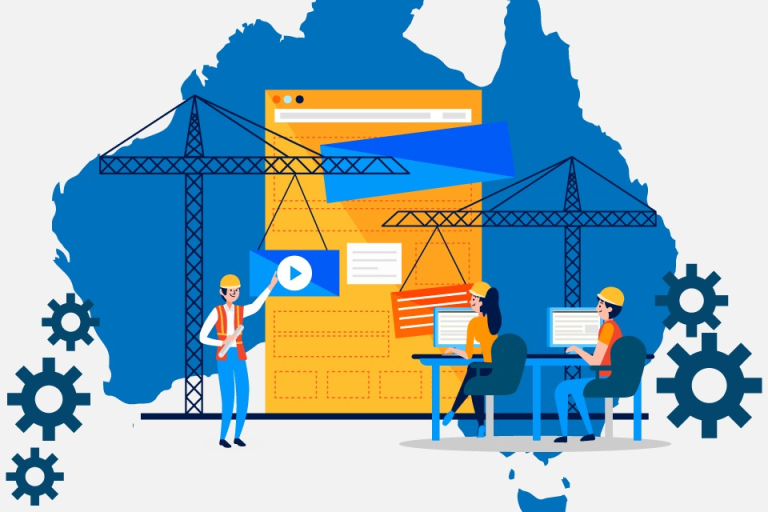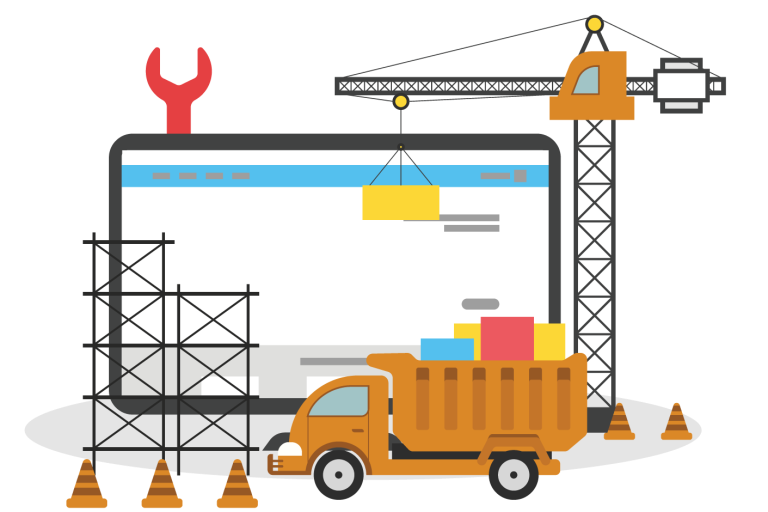Step into the future of construction management with 9D BIM, This introduction unveils the potential of 9D BIM and its role as a game-changer in navigating the intricacies of construction processes. Join us on a brief exploration of how this technology can revolutionize project management.
What is 9D BIM?
9D BIM, also known as lean construction, is a method used in construction projects to optimize and streamline the overall project process from planning to completion. Traditionally, construction projects can often go over budget or get delayed due to inefficiencies and lack of organization on site.
9D BIM aims to eliminate these issues by reducing waste and helping all parts of the construction process run smoothly. It works by analyzing each step of the project, from getting materials to building, and finding ways to cut down on unnecessary tasks or time spent waiting.
For example, 9D BIM may suggest transporting construction materials in larger trucks to minimize the number of trips needed. This saves time and resources compared to using many smaller trucks that require more drivers.

The Principles of 9D BIM
9D BIM follows several important guidelines to optimize the construction process from start to finish.
Reducing Waste
One of the major goals of 9D BIM is reducing waste. The team takes a close look at all stages from getting materials to building and finds ways to cut out unnecessary steps.
Optimizing Transportation
Transporting equipment and supplies is carefully planned. Instead of many small trucks that need multiple drivers, larger vehicles are chosen to haul construction materials so fewer trips are required. This saves time and resources.
Focusing on Customer Satisfaction
Customer satisfaction is also highly considered. Before work begins, the needs and wants of the client are understood through discussions and surveys of past projects. Any tasks that do not create value for the customer are eliminated since they will not pay for those.
Standardizing Processes
Standardizing common construction procedures is another principle. While each building site has differences, set workflows are adopted to minimize issues from unexpected delays. This gives the team a predictable process and makes the job safer.
Optimizing Timelines
Optimization of time usage is important too. Activities like transporting, waiting around, processing tasks, and inspections are closely managed. Streamlining these helps ensure deadlines are met while maintaining quality standards.
Enabling Collaboration
Finally, full transparency is pursued. All parties openly communicate and team up on solutions. This wider participation and sharing of information allows continuous improvements across each phase of the project.

Contrasting Lean Construction and Traditional Methods
Lean construction strives to get the most value with the least waste by coordinating, using standard processes, and improving continuously. On the flip side, traditional methods can lead to inefficiency, delays, and higher costs because they follow a linear path and lack coordination between parties. Lean construction puts the customer first for better quality results, being more efficient and adaptable than the traditional approach.
Harmony’s BIM/ CIM Modeling Services
Harmony AT is a leading provider of BIM/ CIM modeling solutions. We offer full BIM/CIM services including architectural, structural, MEP and CIM modeling. Our experienced teams can create intuitive 3D models from 2D plans and point clouds.
Through BIM, we add further dimensions like 4D simulations, 5D cost estimating and 6D operations for complete life cycle support. MEP and CIM models also capture complex ducts, piping and infrastructure with precise specifications.
High quality models are ensured through skilled professionals and cutting-edge technologies. Over 20 years, we have served clients globally and assisted government projects. BIM solutions digitally transform processes for construction and architecture firms.
As a 9D BIM adopter, we apply lean principles to modeling. Collaboration, standardization and waste elimination through BIM optimize project delivery. Contact us now to discuss modeling requirements. Rely on our expertise to streamline your construction project using an integrated BIM approach.
Categories





